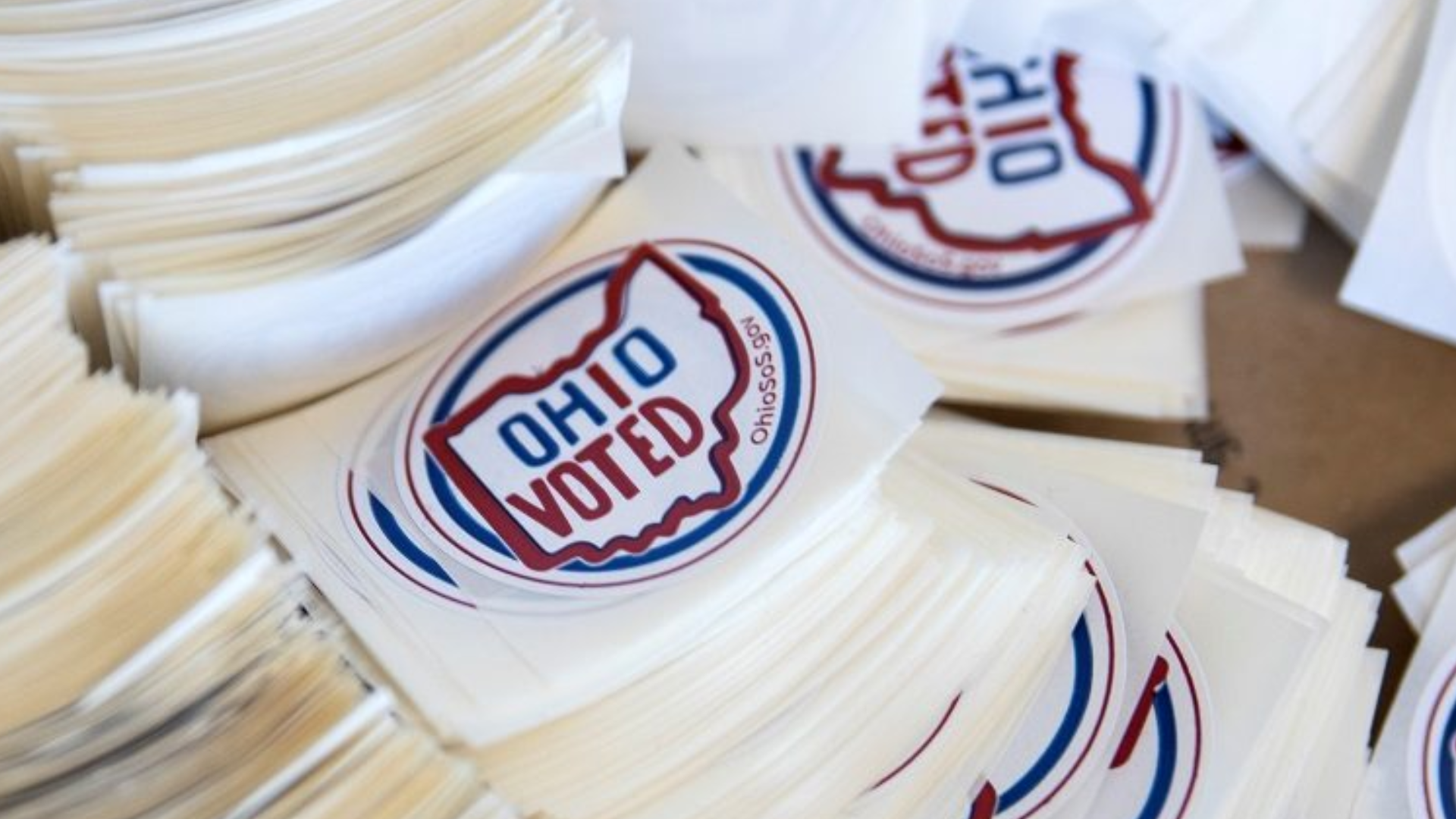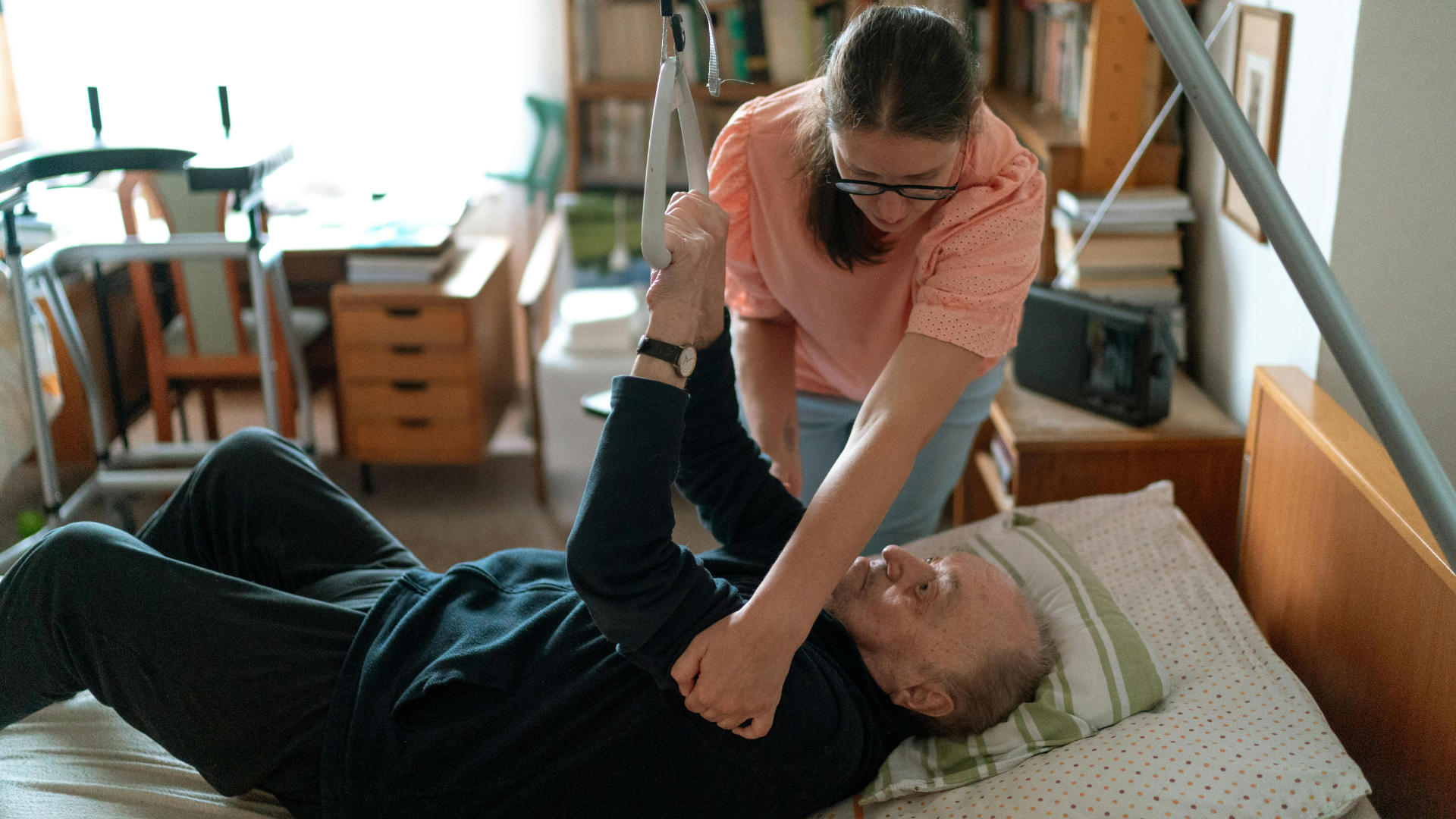In July, the Center for Community Solutions released updated Neighborhood Profiles for the City of Cleveland and I immediately searched for myself in the data. Reflecting on my childhood growing up in the Union-Miles neighborhood of Cleveland, I am grateful for the strong sense community I experienced. Neighbors looked after one another’s property, cared for each other’s children, and supported one another in times of need. We built relationships with local store owners and formed a network of trust.
Despite this unity, Union-Miles faces many unmet needs. Reliable transportation is essential for daily life, but not everyone in the community has access to a car or can afford other transportation options. Health disparities persist, and neighborhood residents would greatly benefit from increased access to healthcare services, healthy foods, gyms, and neighborhood parks. Addressing these challenges is essential to ensure that the Union-Miles community can thrive and enjoy a high quality of life.
Residents Need Technology and Informational Resources
When I was a Radiologic Technology student, I was tasked with writing a report about any radiology modality of my choice. During this time, the educational institution that I attended required our literary resources to come from sources other than the internet because the information there had not proven to be as valuable back then as it is today.
I walked 5 minutes to my neighborhood library, only to be told that they did not have medical references at that branch.
I was referred to the nearest library with the resources I required; it was thirty minutes away in another city.
This experience raised concern for me, especially when considering the impact of health disparities. People in Union-Miles who want to research to learn about chronic diseases and health management often lack access to essential informational resources. Although we live in a technology driven society, more than 15 % of the Union-Miles population relies solely on cellular data, with no other internet connection. Another 22% do not have an internet subscription at all. That is why library access is essential for communities, to provide a valuable resource for information, learning, and empowerment.
Residents Need Access to Healthcare
In 1999, St. Lukes—a local hospital who served the community as a level 2 trauma center—closed. This closure was devastating for the community and left a void in healthcare access for the Union-Miles residents. Where once there was a reliable emergency room 10 minutes away, residents now face a 20–40-minute commute to reach the nearest emergency room. A 20–40-minute drive may be a typical daily commute to work or other activities, but during a medical emergency such as a heart attack or stroke, those extra minutes can be the difference between life and death.
Over 30% of residents in the area report being in fair or poor health.
Many Union-Miles residents need transportation to attend local health fairs, as healthcare facilities hosting these events are often located at a distance. Over 30% of residents in the area report being in fair or poor health, a statistic that highlights the challenges they face in accessing adequate healthcare. The decrease in nearby healthcare facilities only exacerbates this issue, leaving a significant portion of the community with undiagnosed or untreated medical conditions. This lack of access to both transportation and nearby healthcare resources ultimately impacts the community’s overall health outcomes.
Residents Need Healthy Food Options
There were once two small neighborhood grocery stores in the community within walking distance. Unfortunately, one of those stores transitioned to a convenient store leaving this community with only one resource to purchase fresh fruits and vegetables—approximately one mile away from where I grew up.
While there are a few neighborhood stores that sell household essentials such as bread, eggs, and condiments, these stores are often limited in what they can offer. The nearest major grocery store is three to five miles away, making it difficult for those people in the community without reliable transportation to access fresh fruits, vegetables, and other healthy food options. This lack of healthier food contributes to poor health outcomes due to having to rely on processed or less nutritious foods.
Without transportation, shopping for groceries is a challenge due to the risk of physical strain or injury that could come from carrying groceries for a long distance.
Union-Miles residents are limited to the amount of food they can buy without having a personal vehicle, without cars, people have to rely on the physical capacity of their arms to carry groceries. Weather conditions further complicate this, as rain, snow, or extreme temperatures make it difficult to reach stores on foot, sometimes forcing residents to skip grocery shopping altogether. These barriers can increase mental and emotional stress, especially as individuals struggle to meet basic needs for themselves and their families.
The effects are evident, 20% of the Union-Miles population reports experiencing 15 or more days of poor mental health within a month, highlighting the profound impact of these challenges on community well-being. In Beachwood, a community just five miles away with a similar population size, a smaller portion of residents report days of both poor mental and physical health. Data on suburban communities can be found in the newly updated Cuyahoga County Municipality fact sheets and data profiles.

20% of the Union-Miles population reports experiencing 15 or more days of poor mental health in a month
Residents Need Opportunities for Physical Activity
Maintaining health involves regular physical activity and exercise, but for many Union-Miles residents, this is a challenge due to limited access to exercise facilities and the absence of neighborhood parks. The only gym in the neighborhood is a mile away, which can be a significant distance for those without reliable transportation or the physical capability to make the trip.
As a result, 40% of the population have not participated in physical activity, reflecting the impact of limited resources on community health. The absence of accessible exercise and activity options contributes to a cycle of inactivity, affecting both physical and mental health for many in the area. Compared to the same community just a few miles away of similar size, 20% more residents have engaged in physical activity than in Union Miles.

Residents Need to Survive and Thrive!
Moving to a neighborhood with easier access to resources has shown me the vast disparities that persist in underserved communities, like Union-Miles. My 79-year-old mother and 74-year-old father still live in this community and face burdensome trips outside of their neighborhood for essential needs like emergency room care and grocery stores. Unlike me, they lack access to the same opportunities and conveniences which have the potential to affect their quality of life.
It is critical to focus on underserved communities, especially as organizations increasingly advocate for equality and inclusion. By demarginalizing the Union-Miles neighborhood and other underserved communities, we can provide residents with the resources they need to thrive.
The current life expectancy in Union-Miles is approximately three years less than other neighborhoods in the city of Cleveland and four years less than the Cuyahoga County average.
While building new healthcare facilities and grocery stores in the area may not be in the plans for this community at this moment, a more immediate solution is to ensure that residents are informed about programs that can help them access essential resources. Increasing life expectancy and improving quality of life for Union-Miles residents require meaningful support and commitment to equality in resource distribution.









